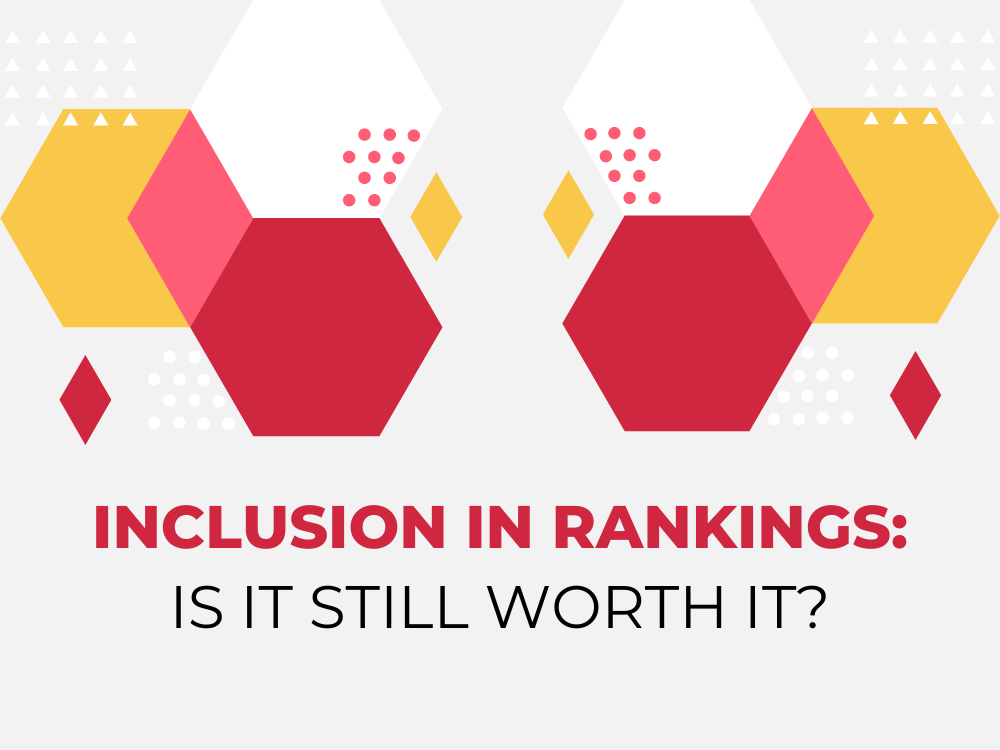By: Sharon Berman,
Published: The Leadership Exchange, Greater Los Angeles Chapter – Association of Legal Administrators
What exactly is a logo, and does your firm need one? A logo, taken in its entirety, is the graphic identity of your firm and often referred to as your “firm identity.” Because there are different types of logos, you may already have one and not realize it.
What usually comes to mind when we think of logos is something like the Nike “swoosh” symbol, or a law firm equivalent, such as the Orrick “O.” These are icons, which are shorthand for the entity and what it stands for. Most icons are always used in conjunction with the firm name, which taken together is the logo, but some icons, such as the Nike swoosh, are so easily recognized that they are used on a stand-alone basis.
Many firms have “text logos,” which is basically the firm’s name in a stylized font used consistently. That’s why I say you may already have a logo, but not realize it. Firm text logos are often used in conjunction with an icon incorporating the firm’s initials. In other words, you can have a very distinctive, attractive logo just using the firm’s name.
A related term among the nuts and bolts of marketing is “brand.” Professionals often think of their logo (or firm identity) as their brand, but in reality, it is only the graphic image of the brand. Your brand goes much deeper and amounts to your promise of what you will deliver. However, since your logo should encapsulate and communicate who your firm is and what it stands for, it’s much more than just an attractive design.
Will a distinctive designer logo increase the success of your practice or firm? Ultimately, of course, success depends on how you deliver on the promise of your brand, not the logo itself. What your firm identify can do, however, is give you a competitive edge by differentiating your firm. It also quickly communicates something about your firm, and in a society where we all have short attention spans, quick is good. In addition, having an image that immediately calls your firm to mind allows you to market more costeffectively and efficiently.
But since a logo alone, no matter how powerful, cannot stand on its own, it has to be incorporated into a “firm identity system” to be effective (e.g., letterhead, website, business cards, email signatures, etc.). In a nutshell, firm identity systems, if used consistently throughout your firm, are unifying and convey power. They say, “We are strong. We know who we are and where we are going. You can rely on us.”
So you’ve decided to create a distinctive, powerful logo to communicate your brand. Where do you begin? A good time to reevaluate your logo or create a new graphic image is when your firm is adding a partner and contemplating a name change. If you have a logo that looks dated, this is a good time to freshen it up. Or, if your firm is in the formative stages, it’s a great opportunity to take a strategic perspective and build a solid foundation with a logo that reflects your firm’s identity and brand.
Designing a logo is not about playing with designs; it’s about communicating who you are through an image. To do this, you must know who you are and what you want to convey about your firm’s identity. If you don’t have that concept nailed down, go back to square one and determine your strategy so you can communicate a definitive message to the professional designing the identity. Don’t just use a logo designed by a partner who likes to toy with Photoshop, unless you really think that logo is “it.” Designing a logo is a job for professionals, such as a marketing, branding or design firm.
- In order to streamline the design process, be prepared to convey the following messages to the individual or team designing your logo:
- What messages do you want to convey to your target markets? A law firm working with rock musicians most likely will shoot for a different look than a firm targeting nonprofits.
- What are your points of differentiation? For example, would you say your firm is more entrepreneurial than others, or has expertise in certain niche markets?
- Are you updating your image or going for a whole new look? If you already have an image for which you are known, you may want to freshen it up, so that the new firm identity is still recognizable as your brand.
- Show some examples of firms whose logos you like. Ask to see firm identity systems the designer has created and provide some parameters based on those samples.
Although every firm’s decision-making process works differently, in general it’s a good idea to keep the number of decisionmakers to a minimum when it comes to logos. Assign only a couple of professionals to work with your design firm until you have a selection of two or three options that you want to present to your management committee or any other parties that need to be involved.
Once you have your firm identity system, your next step is to distribute “design standards” to everyone in the firm, especially if you have several offices. These are guidelines that define how the logo and system should appear. For example, you may need to state that the icon and the firm name must always appear together, never separated. In describing your design’s colors, always refer to the numbers of the Pantone Matching System® (PMS), so that everyone can provide the same direction to the printer when the need arises to print collateral. Without design standards, everyone will exercise their creative juices on the logo, which defeats its unifying purpose and power.
A final critical consideration with regard to your firm identity system is the quality of the materials that incorporate the logo. Since the quality of these materials tells your markets whether you believe your firm is worth investing in, it’s important to match your investment in the design of the logo with high quality paper and solid cardstock for your business cards.
Remember, your logo is only one of the nuts and bolts that differentiate your firm’s unique structure. It consistently reinforces the message of who you are, but it’s delivering on that message that keeps clients coming back.
Sharon Berman is principal of Berbay Marketing & PR, a marketing consulting firm specializing in working with professional services firms. She can be reached at berman@berbay.com.
The firm’s website is www.berbay.com.


